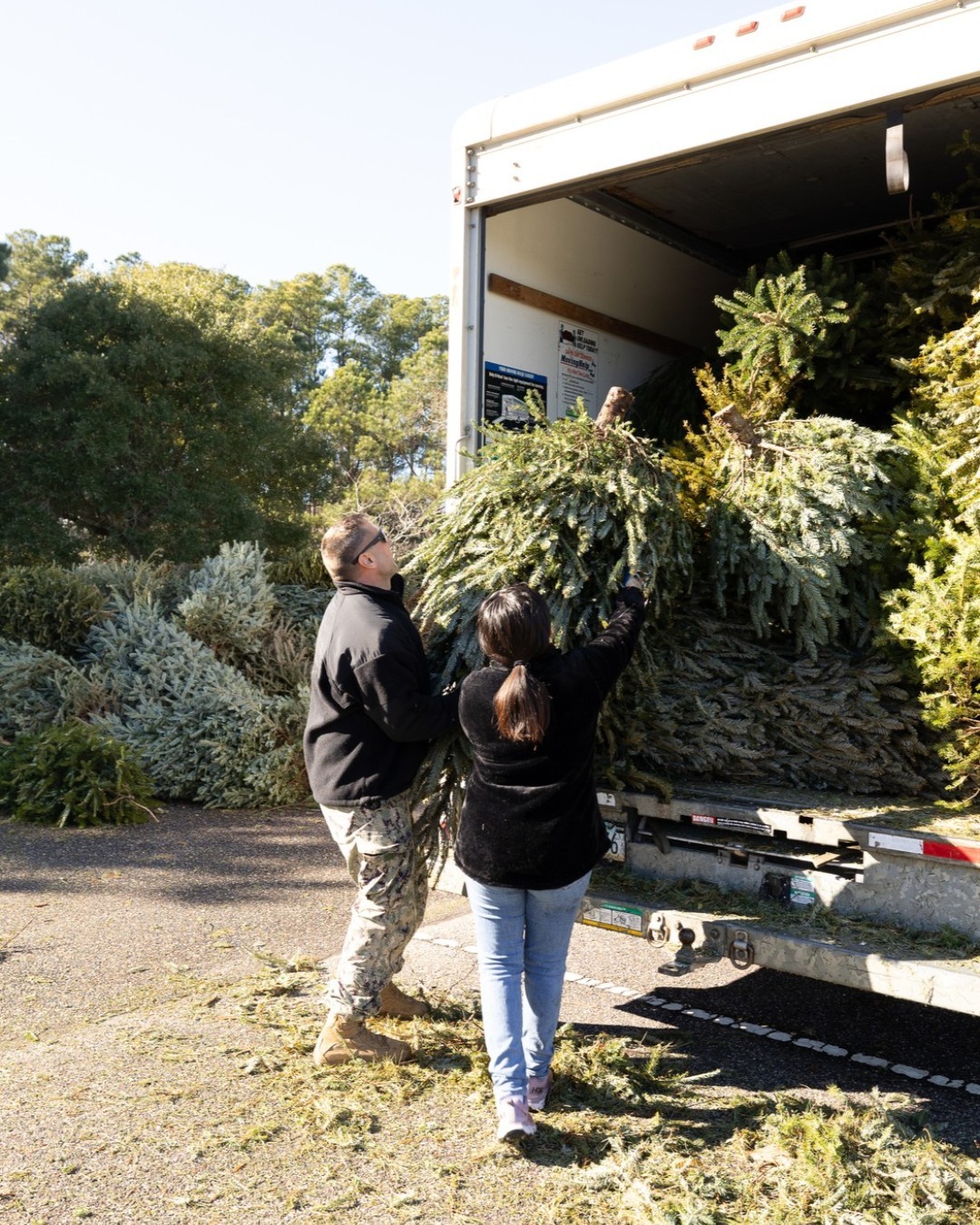- The significance and environmental impact of Christmas Tree-Cycling for dune restoration.
- The process and logistics involved in the collection and recycling of Christmas trees.
- The role and mission of Marine Stewards America in ecological conservation.
- How recycled Christmas trees benefit local ecosystems, particularly dunes.
- The collaboration between communities and conservation organizations for environmental sustainability.
Every year, after the joyful holiday season, the once beautifully decorated Christmas trees that adorned our homes face a customary fate: disposal. However, communities increasingly turn to innovative recycling programs rather than relegating these festively adorned trees to landfill waste. Christmas Tree-Cycling, as spearheaded by initiatives such as those led by Marine Stewards America, provides a sustainable solution and significantly contributes to the restoration of vital ecosystems. This movement is an inspiring demonstration of how post-holiday waste can transform into powerful instruments of environmental renewal.
The Christmas Tree-Cycling initiative serves as a quintessential example of a circular economy. Once a centerpiece of holiday celebrations, a live-cut Christmas tree transitions into a restorative tool for nature. By repurposing these trees to combat erosion and loss in local sand dunes, communities can significantly mitigate the adverse effects of coastal degradation. Dunes, which serve as natural barriers against storm surges and coastal erosion, are essential for coastal protection. Yet, they are increasingly threatened by human activities and climate change. The integration of Christmas trees into these environments helps stabilize the dunes, allowing them to regenerate and function effectively.
As the process begins today, participants are encouraged to drop off their bare, live-cut trees in designated areas such as the East Parking Lot. Marine Stewards America orchestrates these tree collections and subsequent deployment with precision and purpose. The logistics involved in this process require meticulous planning and coordination. Volunteers carefully load the trees into transport vehicles, underscoring a robust effort to gather ample material for dune reinforcement. This structured approach signifies an organized community effort toward environmental stewardship.
Marine Stewards America, an organization dedicated to conserving marine and coastal ecosystems, plays a pivotal role in this initiative. By directing efforts towards enhancing natural habitats, they highlight the importance of integrating biodiversity conservation into community practices. The process of tree-cycling involves placing the collected trees on vulnerable scenes, where their skeletal structures aid in trapping and accumulating sand. Over time, as sand builds up around the branches, native vegetation, such as dune grasses, can be established more effectively. This vegetation plays a crucial role, anchoring the dunes with its roots and creating a more stable and resilient ecosystem.
Recycling Christmas trees into sand dunes is far more than a novel disposal method. It represents a collaborative symbiosis between human activity and natural processes. By fortifying dunes, these trees enhance habitats for various species, ultimately benefiting the broader ecosystems they’re part of. Birds, mammals, and reptiles that rely on dune systems find improved habitats and resources, fostering increased biodiversity. Additionally, healthier dunes contribute to cleaner waterways by reducing sediment runoff during storms, thus protecting aquatic life and enhancing water quality.
Community engagement is the cornerstone of successful tree-cycling programs. The collective action of individuals, families, and organizations showcases a shared commitment to environmental responsibility. By participating in such initiatives, communities contribute to protecting and enhancing their local environments, fostering a sense of stewardship and continuous learning about ecological dynamics.
As you consider the fate of your post-holiday Christmas tree this season, consider the prospects of Tree Cycling. This program represents a sustainable pathway to making a significant environmental impact and reminds us of the potential in materials often deemed waste. By turning trees into tools for restoration, initiatives like Marine Stewards America exemplify the power of community-driven conservation.
*****
Source Description
Christmas tree cycling begins today! 🌲 Remember to drop off your bare, live-cut tree in our East Parking Lot (across General Booth Blvd. from the North Building) for @marinestewardsamerica to use to restore local dunes. They’ll be collecting trees through January 9.
Photo: Tree-Cycling volunteers load donated Christmas trees into a U-Haul.


